Being resilient means various things to different people, but at its core, it’s about being able to withstand or recover from adversity. And one thing is certain; the built environment experienced its share of challenging conditions in the past three years, making resiliency more important than ever. While being resilient historically meant focusing on the fundamentals, internal operations and other variables within our control, that definition is now evolving to also mean being flexible, innovative and adaptable.
The operating environment during the past three years amplified labor challenges, demonstrated constraints in the supply chain and altered the types of projects that are getting funded and built. The growth in project sizes and overall funding for both civil and social infrastructure is shifting the entire industry, causing constraints in some areas and excess capacity in others. Therefore, understanding market dynamics and project economics where you operate will be even more critical in 2024 and beyond.
Although inflation cooled during 2023, it continues to be top of mind for regulators, business leaders, builders and consumers, as it ticked up to 3.4 percent in December. In addition to rising costs of goods and services, many are struggling with financing as interest rates remain high. As the Federal Reserve considers interest rate cuts, it must be careful to avoid a return to inflation brought on by being too aggressive too soon as well as potential increases in government spending.
Banks are continuing to be more selective about the projects they finance across the built environment. This means companies will need to demonstrate they can manage risk and efficiently execute projects to get the working capital needed.
Despite the economic uncertainty, total engineering and construction spending for the U.S. is forecast to end 2023 up 10 percent, a slightly slower pace than 12 percent in 2022. Significant investments in nonresidential building and nonbuilding structures led 2023’s spending, a trend we expect to continue as the residential market remains under pressure.
Looking to 2024, FMI forecasts only a 2 percent increase in E&C spending levels compared to 2023. This means companies will need to have clear strategies, best-in-class operations and inspired leaders to capitalize on current industry conditions and create resilient firms.
“Resiliency is all about being adaptive and innovative,” said Ramin Cherafat, CEO at McCownGordon Construction, an employee-owned construction company in Kansas City, Missouri. “The companies that are going to sit back and say, ‘well, hey, this is how we’ve always done things’ are the ones that are going to struggle the most with resiliency.”
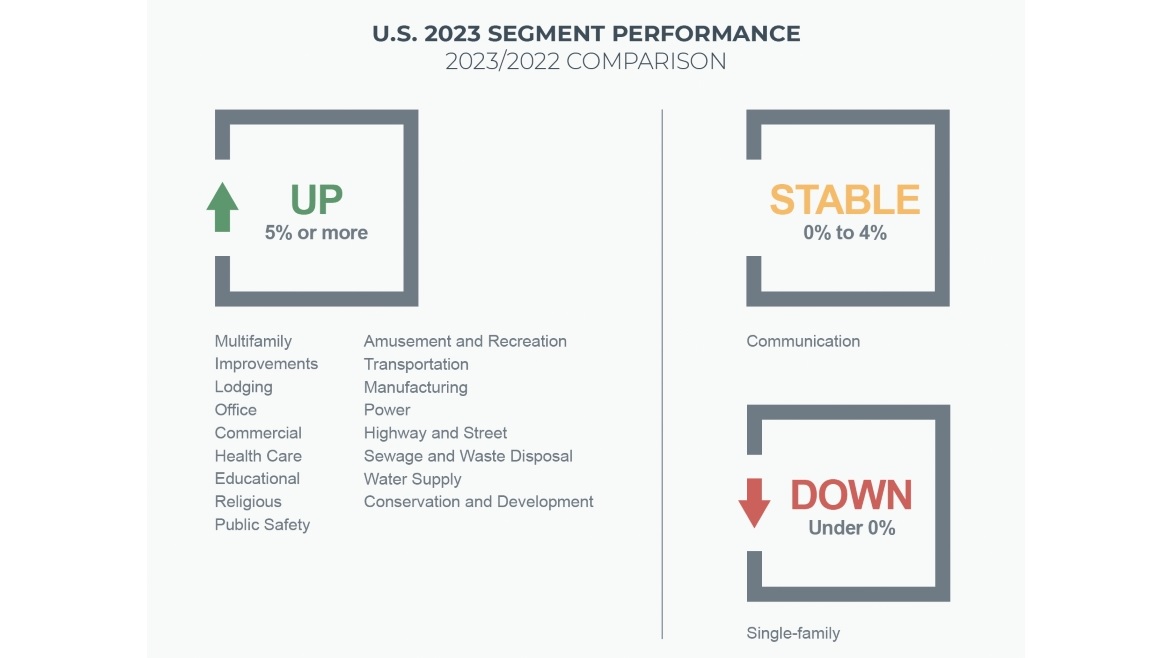
Photo courtesy of FMI
Harness Innovation to Solve Business Challenges
Creating a resilient business will mean finding innovative solutions to tackle everything from labor shortages and productivity inefficiencies to developing the right talent to lead firms into the future. Executives across sectors and geographies in the built environment continue to look for ways to capitalize on their current opportunities and differentiate themselves from the competition.
Given the current operating environment, many are watching geopolitical developments, such as the wars in Israel and Ukraine, China’s economic uncertainty and global real-estate volatility, for indications about the direction of the U.S. economy. Add in domestic factors, such as supply chain issues, election-year uncertainty, and continued high cost and limitations of financing, and more of the bigger picture begins to take shape. Understanding how these global and domestic factors affect the markets where you operate will dictate strategic decisions and help your business adapt to various operating conditions.
We recommend being informed and then focusing on what is within your control. The best firms will do the work to become destination employers, drive operational improvements, create data- and research-based strategic plans, and develop leaders to build the foundations for future success.
And while many of these challenges aren’t new, companies will need to look to innovative solutions, implement new technologies and adapt to the evolving E&C business environment to be successful. One example of this, according to Les Snyder, president of the Associated General Contractors of America, is getting creative when thinking about labor and how to attract the next generation of more diverse talent to the industry.
“I couldn’t be more pleased with the younger generations entering this business,” Snyder said. “We have the pipeline open and we’re being more convincing. Younger generations are enthusiastic, diverse, share their thoughts and have a mastery of technology.”
Snyder said that the trick will be keeping these individuals engaged, transferring knowledge to them from those with more experience and giving them the right tools and technology to be successful. One of the areas where he is most optimistic is innovation and problem-solving that he sees from younger generations. They’re working to develop tools and solutions to many of the industry’s challenges, something that will help create more resilient organizations and drive future growth.
As construction technology evolves to better solve business problems, including productivity, communication and labor issues, it’s important to carefully evaluate your options and the desired outcomes of implementing new tools. Developing a clear strategy for how to utilize tools and then giving people the necessary information to act helps drive long-term success.
For Rob Strobel, CEO of Lithko Contracting, one of the largest concrete contractors in the U.S., information technology processes are helping to engage employees by quickly getting the right information to those who need it, allowing staff across projects to make better decisions. By getting the information into the right hands, employees can quickly make decisions and know the scope of their roles, helping them to have more ownership.
“We don’t think about engagement via foosball tables and Keurigs,” Strobel said. “We’re talking engagement through providing information to track and adjust outcomes of their plans.”
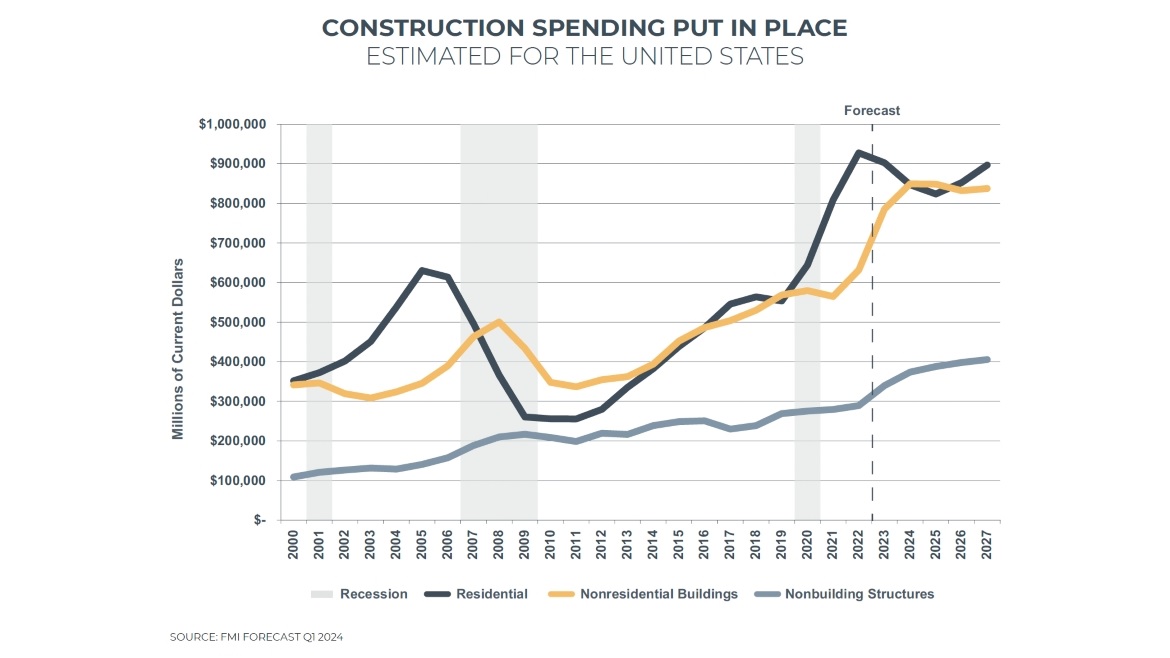
Photo courtesy of FMI
Leverage Productivity Improvements to Solve Talent Issues
Labor productivity is the central economic engine that drives profitability for labor-intensive, self-performing contractors and is at historically low levels relative to construction spending. Our 2023 Labor Productivity Study found that contractors lost approximately $30 billion to $40 billion to labor inefficiencies in 2022. These labor productivity deficits translate to significant project and enterprise margin erosion industry-wide.
Almost half of 2023 survey respondents (45 percent) saw declining labor productivity, with 79 percent of contractors indicating they could improve productivity by 6 percent or more with better management practices. So not only will this help solve labor constraints, but it also creates an organization that is more resilient through better processes, operations and management.
By getting a handle on productivity, giving workers the tools needed to be successful and diligently planning for jobs, companies can improve margins and profitability. In an industry where one bad job can make or break a company, harnessing the power of your biggest asset — your people — will ensure you continue to successfully operate and thrive.
For Matthew Consigli, president at Consigli Construction Co., an employee-owned construction manager in the Northeast and Mid-Atlantic, creating a resilient business means always focusing on the fundamentals of building backlogs of quality work, superior execution of jobs, and hiring and retaining the right people who fit the company culture.
“It always comes down to the fundamentals of budget and schedule and safety and quality,” Consigli said. “The other stuff really doesn’t matter if you don’t do this right.” He also focuses on building an organization that puts people at the forefront and on creating an environment where they can develop throughout their careers.
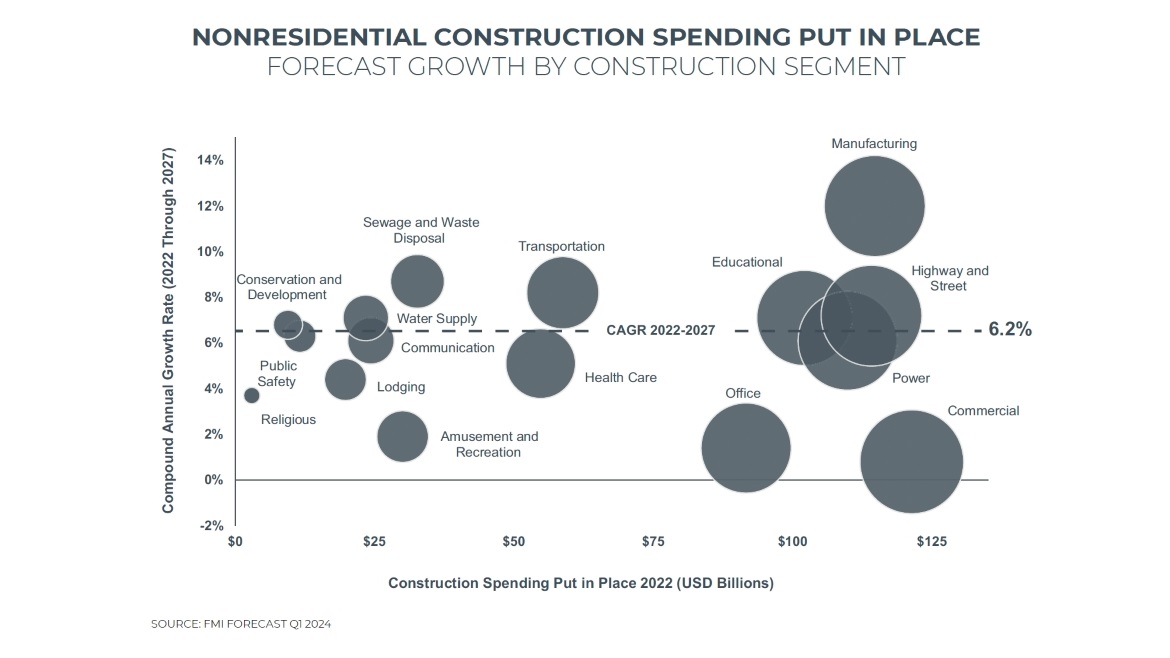
Photo courtesy of FMI
Focus on Fundamentals
Improving resiliency often means paying attention to the basics of running a successful business. This includes having discipline around strategy and project selection, adequate capitalization, quality project execution and investment in your people.
Review your strategy to make sure you understand your markets and where you will win work. Be selective about the projects you pursue. For successful, growing companies, this means considering strategic plans, core competencies and market conditions to make the best decisions. It requires discipline and understanding of what differentiates your company from others in the industry.
For many looking to move into different sectors or markets, this can mean partnering with another firm or entering joint ventures to pursue successful projects. The key is understanding what you bring to the project and clearly communicating throughout the collaboration.
“We don’t believe that we have to do everything ourselves,” Strobel said. “We believe in the concept of partnering and creating joint ventures to help bring complementary core competencies to ours, and then leading in what we do well, which is the project management and project leadership, but bringing other skill sets to bear that apply some advanced manufacturing techniques, some modular techniques that allow us to minimize the amount of labor that’s required.”
Part of that project selection discipline should also consider capitalization and cash flows. Construction projects have limits on the profits you can earn, but the amount of money you can lose is unlimited. Overcoming this risk requires an adequate capital base that allows you to withstand inevitable problems and continue to put quality work in place.
It is this emphasis on quality work that sets the most successful contractors apart from the mediocre. The top executives understand that their projects are only as good as the people executing the work on the job site.
The most resilient companies are continually investing in their people, creating the next generation of project managers, estimators, field leaders and executives. As more people retire or leave the industry, it’s going to be critical to transfer their decades of experience and knowledge to your next generation of leaders.
“Development is something that goes on for your entire career,” Snyder said. “But those that master taking the knowledge of the generations that are moving on and getting that to transfer to the new upcoming generations will be most successful.”
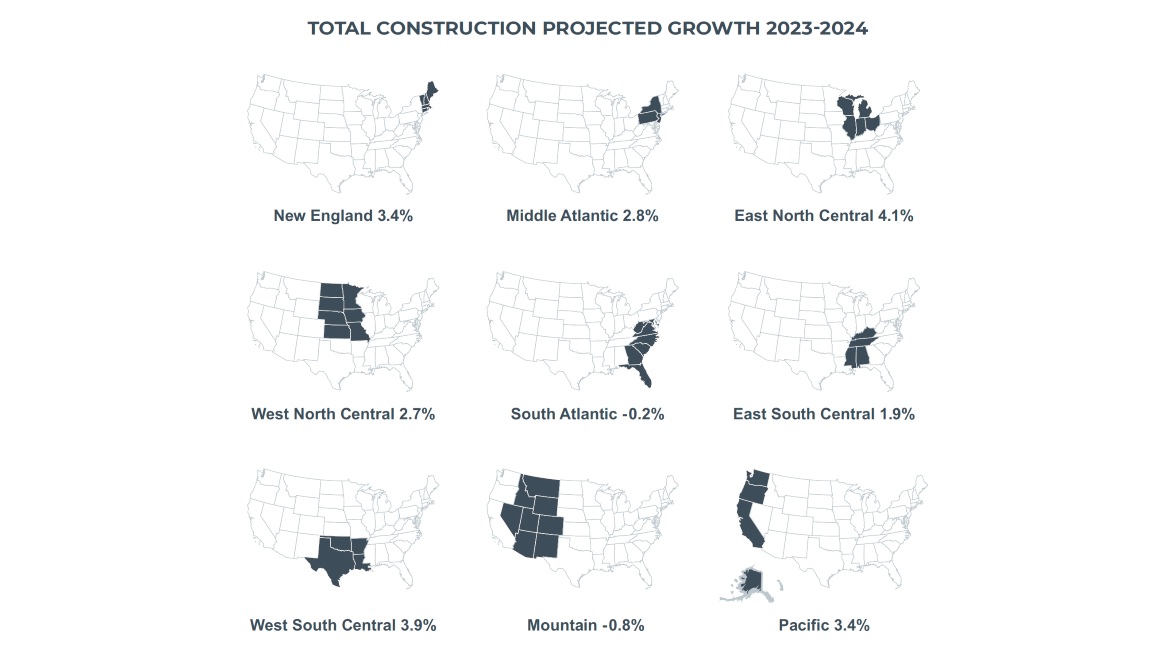
Photo courtesy of FMI
Ways to Become More Resilient
Most successful businesses are continuously improving, yet it can be hard to know what’s going to provide the biggest boost to the bottom line or set you up for long-term success. It’s easy to focus on projects and small improvements. When it comes to being more resilient, it’s important to review overall goals and metrics and think about the larger-scale changes that need to happen.
Here are a few tips for keeping business resiliency top of mind:
- Revisit and update your strategic plan. One of the most common things we see with companies is they create excellent plans and then put them aside. Like everything, plans need to evolve with the operating environment and your goals. Did you meet your five-year growth plan in three years? Excellent, how are you going to capitalize on that momentum?
It’s also important to understand your markets, geographies and the various environments where you operate. Conditions change and you may need to shift resources to better serve particular markets. - Invest in your people across the organization. Creating great leaders and engaged employees means providing tools, resources and training for all your employees — from the field to the C-suite. You need to think about who is going to run your business in one, five and 10 years and what skills those employees will need to be ready.
Investing in your field and project staff will directly deliver better business and ensure you are generating profits on each project. Yet, you will need leaders in risk management, human resources, operations and other executive roles to lead your business into the future. This becomes even more critical if you’re thinking about transferring ownership of your company. - Focus on improving operations. Operationally superior firms continually review their tools, equipment, procedures and processes to drive productivity and efficiency. Best-in-class companies have several common characteristics, with a critical one being that they review each job for lessons learned and then communicate those lessons back to the entire firm.
- Tie investments to your strategic plan and clear, measurable goals. No one tool or technology is going to fix everything. It’s important to make sure the investments you’re making in the business are tied to your strategic plan and that you can measure the outcomes. Often companies will jump from solution to solution and not follow through on full implementation or reviews.
As the definition of being resilient evolves to incorporate new technologies, processes and generations of talent, companies that are truly prepared for the future will have strategies for innovating while not losing focus on the fundamentals of what makes a successful business. You’ll need to be diligent in ensuring you are investing in the fundamentals and the innovations that will set you on a path of continued growth and profitability.
View the full 2024 FMI Construction Industry Overview here.





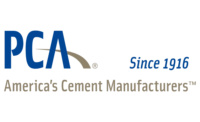
Report Abusive Comment